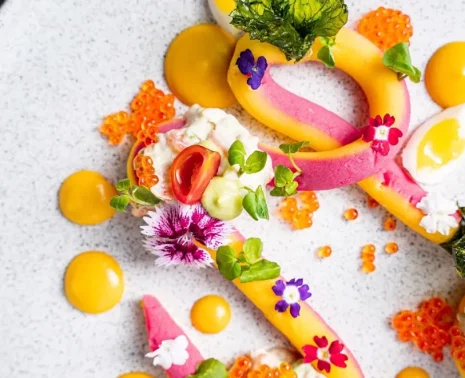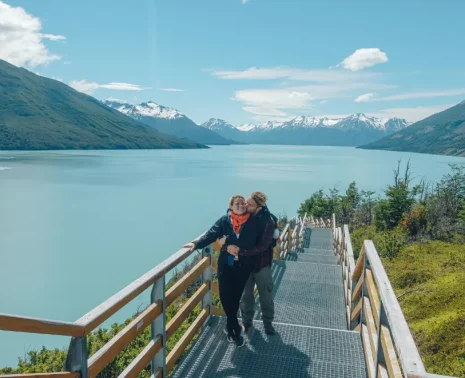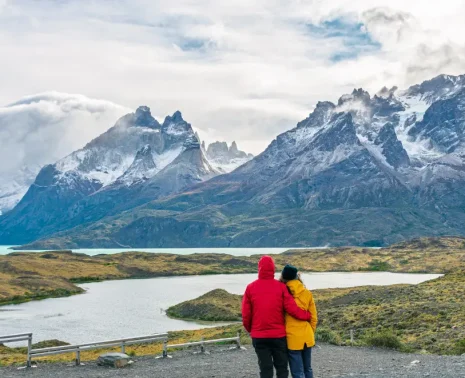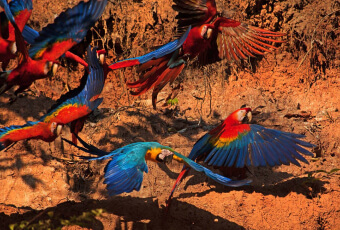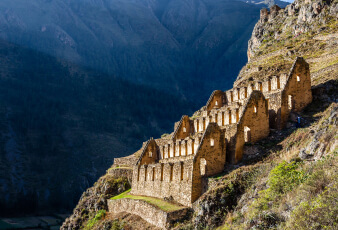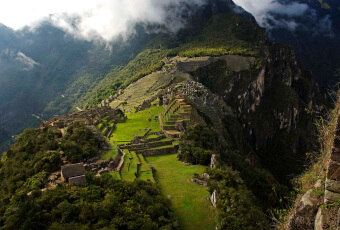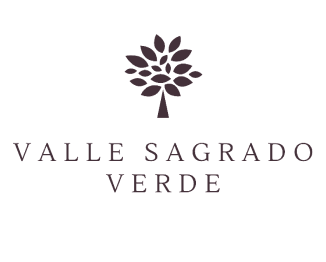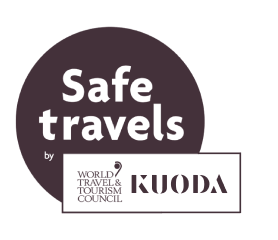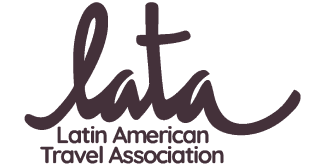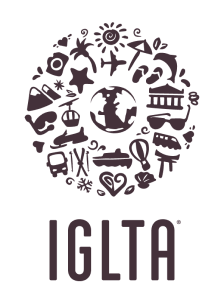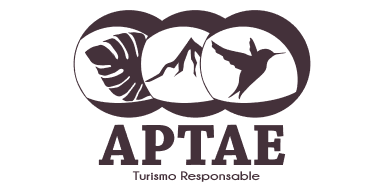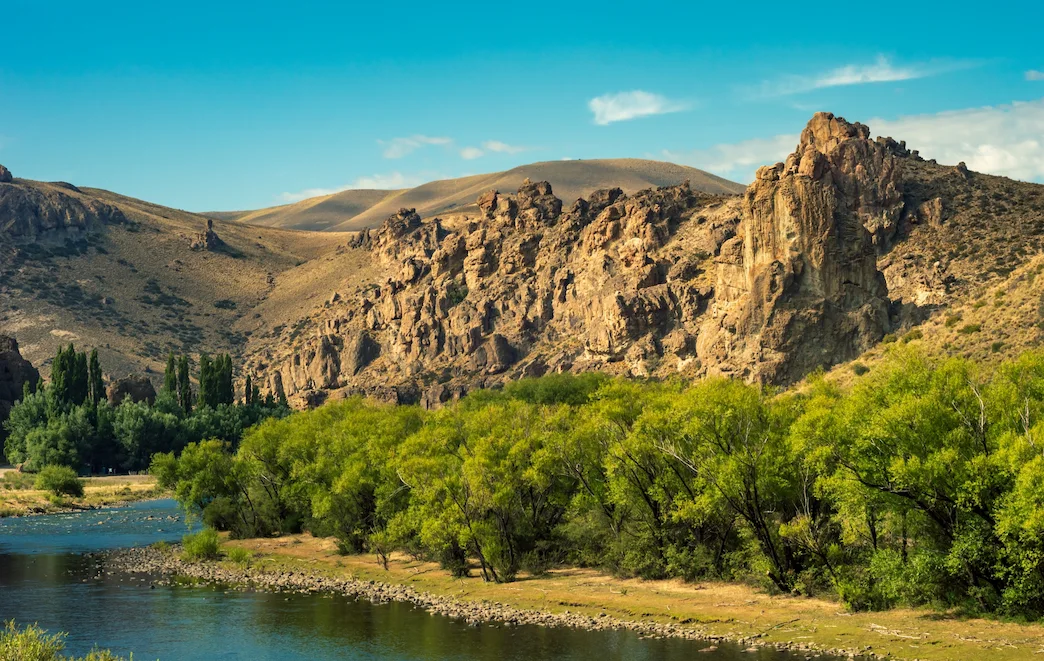
Meeting the First Voices of Chile
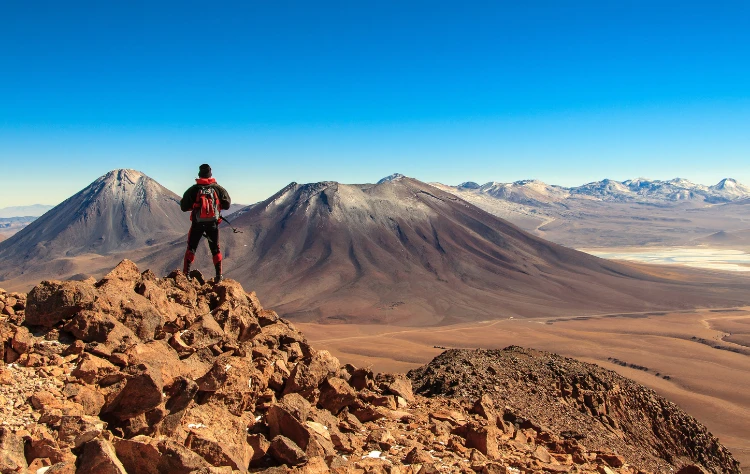
Long before the arrival of Spanish colonizers, the land we now call Chile was home to a diverse mosaic of indigenous cultures, each deeply connected to the landscapes they inhabited. From the arid Atacama Desert in the north to the windswept plains of Patagonia in the south, these communities developed languages, rituals, and ways of life shaped by the natural world.
Today, these cultures endure, not as distant history, but as living, evolving societies. Traveling with Kuoda allows you to experience Chile through their eyes, hearing stories, participating in traditions, and connecting with the spirit of the land in ways that go beyond sightseeing.
The Main Indigenous Cultures of Chile
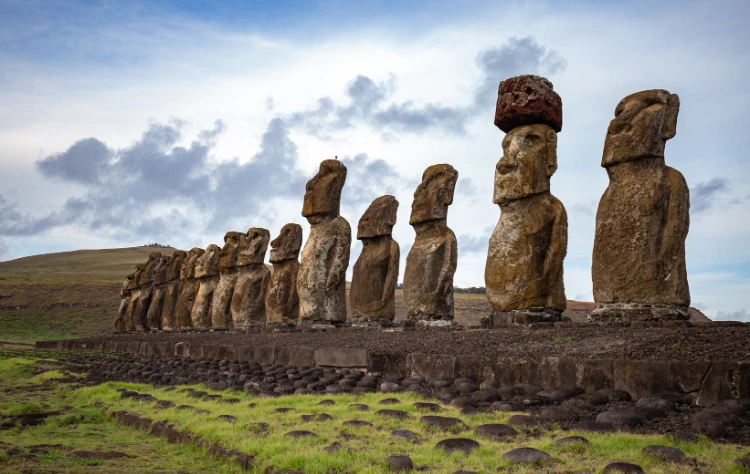
Chile officially recognizes 11 indigenous groups, each with distinct customs, beliefs, and histories.
Mapuche
The largest indigenous group in Chile, the Mapuche are concentrated in the central and southern regions. Known historically for resisting Spanish and later Chilean colonization, they have preserved their language (Mapudungun), agricultural traditions, and spiritual practices. Mapuche art, textiles, and silverwork reflect deep symbolic meanings tied to nature and ancestral memory.
Aymara
In Chile’s northern altiplano, the Aymara have lived for centuries among highland plateaus and snow-capped volcanoes. Their terraces for agriculture, camelid herding, and vibrant festivals, like La Tirana, showcase their enduring relationship with the Andean environment.
Rapa Nui
On Easter Island, the Rapa Nui people maintain one of the world’s most enigmatic cultural legacies, including the iconic moai statues. Today, they balance modern life with the preservation of their Polynesian language, dances, and navigational traditions.
Atacameños (Lickan Antay)
In the heart of the Atacama Desert, the Lickan Antay have thrived in one of the driest places on Earth for over 12,000 years. They developed advanced irrigation techniques and maintained a profound spiritual bond with the desert’s mountains, salt flats, and lagoons.
Kawésqar and Yagán
Once nomadic seafarers of Patagonia’s channels, these groups navigated icy waters in canoes carved from tree bark, relying on fishing, hunting, and gathering. While their populations are small today, their heritage offers invaluable insight into human adaptability.
Experiencing Indigenous Cultures with Kuoda
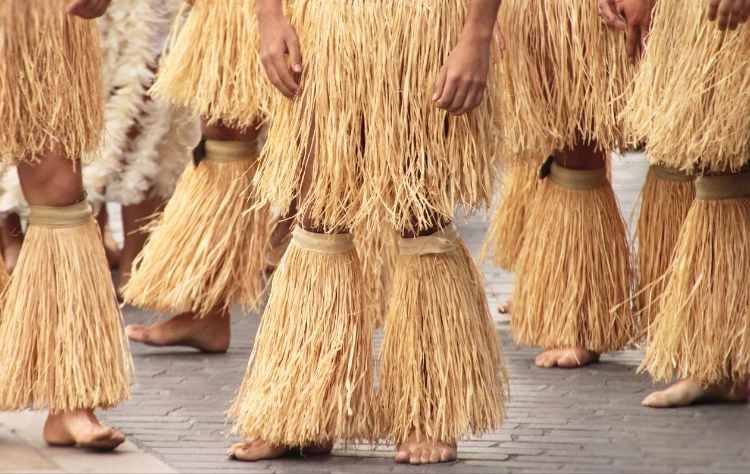
Luxury travel here means not just comfort, but depth and authenticity. With Kuoda, you can design a journey that respects the privacy and traditions of these communities while creating genuine exchanges.
Imagine joining a Mapuche family in the Araucanía region for a private curanto feast, cooked underground with hot stones, or learning the meanings woven into Mapuche ngümin textiles. In San Pedro de Atacama, a Lickan Antay elder may guide you through sacred desert sites, explaining their connection to constellations and seasonal cycles.
On Easter Island, a private guide can take you beyond the famous moai to hidden caves decorated with ancient petroglyphs, revealing a side of the island few visitors see.
The Enduring Role of Tradition
Indigenous cultures in Chile are not relics of the past. They are active voices in the nation’s identity, politics, and environmental stewardship. Many communities are reclaiming lands, reviving languages, and revitalizing ancestral crafts. For travelers, this means the opportunity to witness living heritage and support its continuity.
Interesting Facts About Indigenous Cultures of Chile
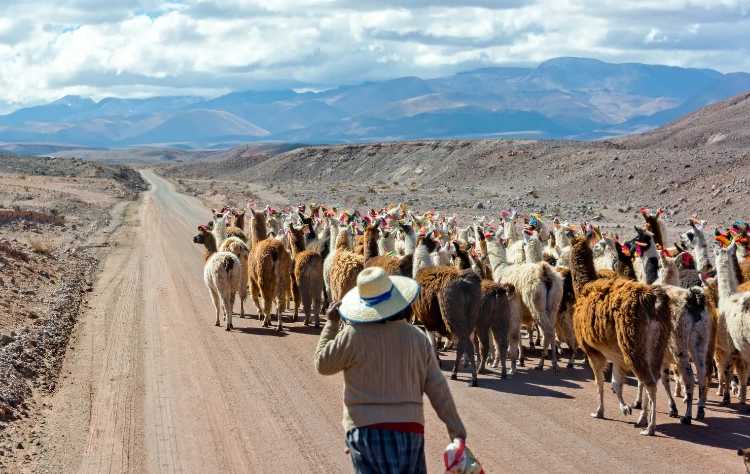
- The Mapuche are the only indigenous group in the Americas to have never been fully conquered by the Spanish.
- The Rapa Nui language is closely related to other Polynesian languages like Hawaiian and Māori.
- Lickan Antay cosmology sees volcanoes as sacred protectors of their communities.
- The Yagán people of Tierra del Fuego once wore little clothing despite the cold, relying on constant fires and high-calorie diets to stay warm.
FAQs About Indigenous Cultures in Chile
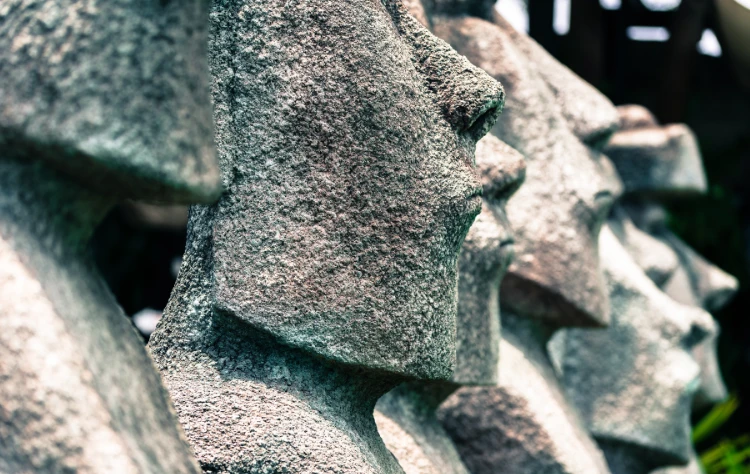
How can I respectfully visit indigenous communities in Chile?
Travel with experienced local guides who have established relationships, follow cultural protocols, and support community-led initiatives.
Are there festivals I can attend?
Yes. The We Tripantu (Mapuche New Year) in June, La Tirana in July (Aymara and Catholic syncretism), and Tapati Rapa Nui in February are some of the most vibrant celebrations.
Can I buy indigenous crafts?
Absolutely, but choose authentic, community-made products. Mapuche silver jewelry, Aymara woven textiles, and Rapa Nui wood carvings are among the most valued.
Is language a barrier?
Most indigenous people speak Spanish, but learning a few greetings in Mapudungun or Rapa Nui is a respectful gesture.
Travel with Purpose
By integrating visits to indigenous communities into your itinerary, you are not only enriching your travel experience but also contributing to cultural preservation. Kuoda crafts these experiences to be immersive yet respectful, ensuring your presence benefits both travelers and hosts.
When you journey through Chile with us, you’ll not only explore breathtaking landscapes, from the Atacama Desert to Patagonia, but also encounter the stories, traditions, and voices that have shaped them for millennia.
Culinary Travel in South America: A Luxury Journey with Kuoda
Food is more than sustenance in South America, it is history, identity, and celebration, woven into every regi...
Read PostPrivate Chile Tours: Bespoke Luxury Journeys with Kuoda
Stretching from the driest desert in the world to the glaciers of Patagonia, Chile is a land of dramatic contr...
Read PostHoneymoon in Chile: A Luxury Journey of Romance and Discovery with Kuoda
Your honeymoon should be more than a vacation, it should be the first great story of your life together. Few p...
Read Post










